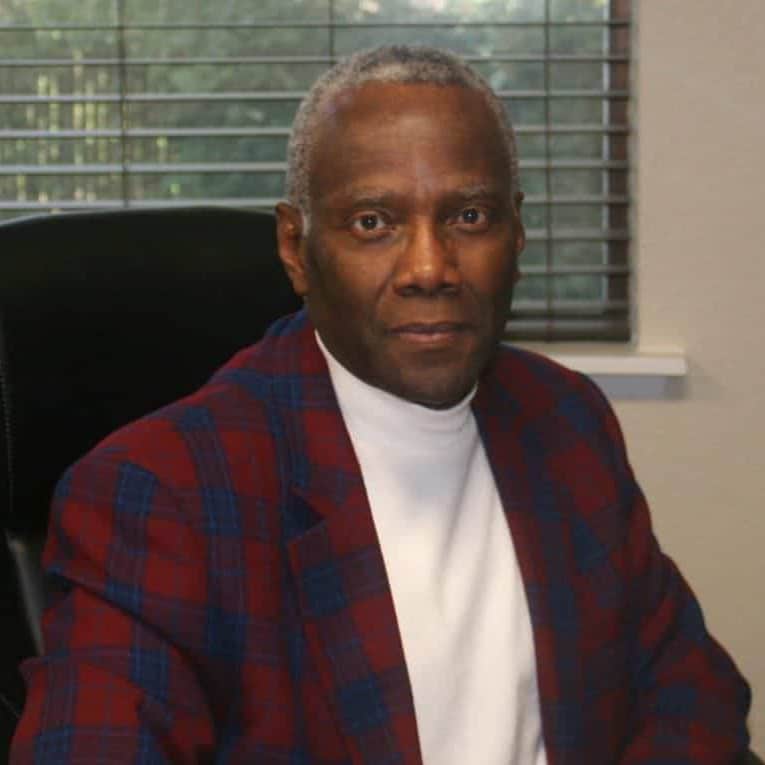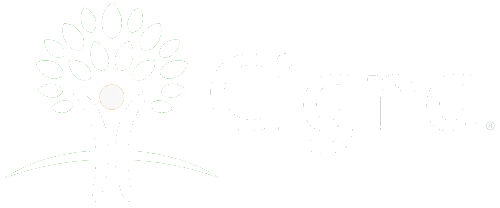Step 3 in Alcoholics Anonymous is crucial in the journey towards recovery from alcohol addiction. This step allows individuals to let go of their need for control and trust in a higher power, which can guide them toward recovery. Incorporating alcohol addiction treatment in Ocean Park, Washington alongside AA steps can provide a comprehensive approach to overcoming addiction challenges.
Step 3 of AA is part of the 12-step program developed by Bill Wilson and Dr. Bob Smith in 1935. Support groups have widely adopted 12-step programming for individuals struggling with alcohol addiction.
Learn more about 12-step programming at our treatment facility. We can help you or a loved one break the cycle of alcohol addiction.
What are the 12 Steps?
Jump to Section
The 12 steps of Alcoholics Anonymous (AA) are a set of guiding principles and spiritual practices aimed at helping individuals overcome their addiction to alcohol. These steps provide a structured approach toward recovery, with the ultimate goal being complete abstinence from alcohol.
Step 1 AA
“We admitted we were powerless over alcohol – that our lives had become unmanageable.”
Step 1 in AA is admitting that one has a problem with alcohol and that life has become unmanageable because of it. This step requires individuals to recognize the severity of their addiction and acknowledge that they are powerless over alcohol.
Step 2 AA
“Came to believe that a Power greater than ourselves could restore us to sanity.”
Step 2 AA involves believing in a higher power or something greater than oneself that can help overcome alcoholism. It requires individuals to let go of their ego and accept that they cannot go through alcohol rehab alone.
This step often brings a sense of hope and relief to individuals struggling with alcoholism.
Step 3 in AA
“Decided to turn our will and our lives over to the care of God as we understood Him.”
Step 3 AA builds upon the previous steps by asking individuals to turn their lives over to the care of a higher power. This step requires individuals to have faith in something beyond themselves and trust that it can guide them toward recovery.
In Step 3 AA, individuals are encouraged to let go of their need for control and surrender to the guidance of a higher power. This can be a challenging concept for some, but it is freeing and allows individuals to focus on addiction treatment without trying to do it all on their own.
It is important to note that Step 3 AA does not require individuals to subscribe to a specific religious belief or dogma. The higher power can be interpreted in a way that is meaningful and personal to the individual, whether it is nature, the universe, or a spiritual concept.
What is the 3rd Step in the 12-Step Program About?
Step 3 AA is all about deciding to turn one’s will and life over to the care of a higher power, as individuals understand it. This step requires individuals to surrender their control and trust that this higher power will guide them toward recovery.
Does a Higher Power have to be God?
No, a higher power can be anything you believe in. Tap into the power of your choice, whether it’s God or something else entirely. Alcoholics Anonymous welcomes individuals from all walks of life. Embrace Step 3 AA by surrendering to a higher power.
Your higher power can take many forms, such as:
- Love
- Art
- Music
- Allah
- Buddha
- Humanity
- Alcoholics Anonymous
- Nature
- Meditation
Approach AA with an open mind and heart. Your chosen higher power becomes your anchor during challenging times, providing the strength needed to conquer addiction.
How Does Step 3 Relate to the Rest of the 12 Steps?
Unlock the power of Step 3 AA by wholeheartedly embracing a higher power. This crucial step not only lays the groundwork for your recovery journey but also brings a sense of connection and support that transforms your life.
As you progress through the 12 steps, you will discover effective tools for reflection and communication with your higher power. By acknowledging and addressing your past mistakes, you can finally find the healing you’ve been searching for. Ignoring your past feelings would only intensify their haunting presence, so it’s essential to confront them head-on.
The transformative nature of the 12 Steps of AA enables you to conquer the hardships you’ve endured, making the challenges ahead seem minuscule in comparison. Instead of relying on alcohol to numb your pain, you’ll find solace and strength in your higher power.
Through prayer and meditation, you’ll cultivate emotional balance in both the darkest of times and the joys of recovery.
What is the Purpose of Step 3?

Step 3 AA is often misunderstood, but it’s not limited to religion. It’s about finding a higher power that resonates with you.
Alcohol addiction wreaks havoc on the body, making it seem impossible to function without it. Breaking free from this cycle requires overcoming alcohol withdrawal symptoms, and triggers. In joining AA, you’ve already taken a crucial step towards independence.
By seeking help from an organization like AA, you’re turning to a higher power to aid in your recovery. Remember, this power can be whatever you believe in. Unlock the potential of Step 3 AA and embrace a higher power that supports your journey towards sobriety.
How to Complete Step 3 in AA
In Step 3 of Alcoholics Anonymous, complete commitment is crucial. Focus on the phrase “made a decision” and turn your life over to a higher power. Realize that true independence comes from believing in something greater than yourself.
To conquer addiction, a mental shift is essential. Break free from the belief that alcohol is necessary for your existence. Instead, welcome a higher power into your life. Without a wholehearted embrace of Step 3 AA, the cycle of addiction remains unbroken.
Adopting a higher power is a journey, not an instant fix. Cultivate your relationship with meditation and prayer, and let the presence of a greater power in your life bring you strength. No matter what challenges life throws your way, you’ll never be alone. You will always have a power greater than yourself to rely on.
How Does Step 3 in AA Help You Overcome Addiction?
Alcohol misuse is often a response to life’s problems. Sometimes, we don’t even realize we’re addicted until we try to quit. When our bodies rely on alcohol to function, addiction has taken hold.
To break free from this cycle of alcoholism, we need to find something else to fill the void. According to Step 3 AA, we should establish a relationship with a power greater than ourselves. Having faith in and believing in a higher power gives our lives greater purpose. We’re no longer living solely for ourselves.
Once we’ve established this connection, we can replace alcohol with reflection and meditation. By communicating with this higher power, we can consider a different path to find peace and happiness.
We can confidently adopt positive behaviors and steer clear of harmful habits by embracing the wisdom and guidance of a power greater than ourselves.
How Can Your Sponsor Help in Step 3?
Recovery is a journey that requires effective communication with your sponsor. These experienced individuals, who have successfully navigated their journey through AA, understand what it takes to achieve sobriety.
The key is to carefully select a sponsor who can relate to your specific situation and who can serve as a guiding mentor. Building a strong relationship with your sponsor makes working through the 12 Steps much smoother and more rewarding.
If you’re new to AA, you likely have numerous questions, particularly regarding the first three steps. These steps involve accepting that addiction is beyond your control and surrendering your will to a higher power. While these concepts can be challenging to grasp, your sponsor has already conquered them and can offer invaluable advice, encouragement, and motivation.
The first three steps lay the groundwork for recovery. Once this foundation is in place, you can apply the skills you’ve acquired to the remaining steps. Throughout this process, your sponsor becomes a crucial resource.
Your sponsor is there to lean on when temptation threatens to derail your progress. Additionally, after completing addiction treatment, attending support groups, and connecting with peers—such as those offered through outpatient treatment Washington—can greatly enhance your recovery journey.
By leveraging the wisdom and guidance of a sponsor and the support of your peers, you can successfully navigate the challenges of recovery and achieve lasting sobriety.
How Does the 12-Step Work Well With an Aftercare Program?
After completing the first 3 steps, individuals are encouraged to continue working through the remaining 9 steps with the support of an aftercare program. This could involve attending regular AA meetings, individual therapy, or other forms of continued support. Medical detox plays a crucial role in the early stages of recovery, helping to safely manage withdrawal symptoms and stabilize the body so that individuals can fully engage in the 12-step process and aftercare.
Combining the 12-step program and aftercare helps individuals maintain their sobriety and build a strong foundation for long-term recovery.
Free by the Sea Offers 12-Step Programs for Long-Term Recovery

At Free by the Sea, we understand the importance of a comprehensive approach to recovery. That’s why our treatment programs incorporate the 12 steps of AA along with evidence-based therapies and aftercare support. Our experienced team is dedicated to helping individuals overcome their alcohol addiction and build a happier, healthier life in sobriety.
Contact us today to learn more about our program and how we can help you or your loved one on the journey toward lasting recovery. Remember, it only takes one step to start the journey towards a better life.

Dr. Richard Crabbe joined our team in 2019 as our psychiatrist and medical director. He attended the University of Ghana Medical School where he became a Medical Doctor in 1977. From 1978 through 1984, he was a medical officer in the Ghana Navy and provided a variety of services from general medicine to surgeries. He received his Certificate in General Psychology from the American Board of Psychology and Neurology in 2002.

 October 10th, 2023
October 10th, 2023










